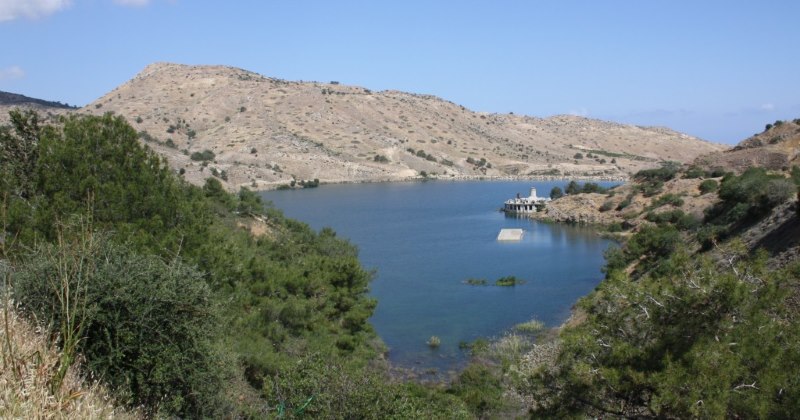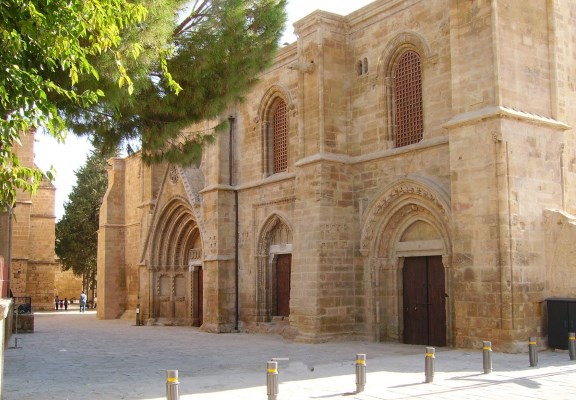Othello’s Tower
Famagusta
25 October, 2009Lala Mustafa Pasha Mosque (Cathedral of St. Nicholas)
25 October, 2009
Othello's Tower, Famagusta
The fortress that guards the harbour and is now called Othello’s Tower, was built during the Lusignan period in the 14th C, and it may well have been a residence for members of the royal family or their entourage during that period. However by the time the Venetians took over and turned it into a garrison, it would only have had accommodation for men at arms and thus would not have been a residence for any official of high rank. Christoforo Moro, the governor upon whom it is generally believed Shakespeare based his tragic hero Othello, would more likely have lived in the palace of the Provveditore. It was during the British colonial period that the fort was given the name Othello’s Tower and the small garden situated between Petek’s Patisserie and the sea wall was named after the unfortunate Desdemona.
The tower originally called the Harbour Citadel was constructed around a central oblong courtyard with a square tower on each corner. Kitchens, great hall, store rooms and servants quarters were on the ground floor, reception rooms and bedrooms were on the second.
When the Venetians took over the city they entirely remodelled the Citadel, and turned it into a military stronghold. By removing the first floor and bringing the level of the building into line with the encircling walls, they ensured that it was not visible from outside the city in case of attack. The depth of the walls was increased and round towers replaced the square ones. There is a relief carving of the Lion of St. Mark, the symbol of Venice, over the entrance way and the name of Nicolo Foscarini, the Prefect of Cyprus in 1492. The citadel was then renamed after Giovanni San Michele, the Venetian civil engineer who was responsible for remodelling much of the city.
Access is possible into the round towers, where smoke holes and gun ports are clearly visible. Architecturally, the most interesting part of the tower is the Great Hall, measuring 92ft by 25ft it is a room to compete with the refectory in Bellapais Abbey. Though not constructed of such fine ashlar blocks, it has similar dimensions, but the rougher stone would have been plastered. The wooden pegs from which would have hung decorative tapestries and banners can still be seen inserted into the walls.
There is a fine view from the top of the tower over the city, with the Lala Mustafa Pasha Mosque dominating the centre.
Admission fee applicable




